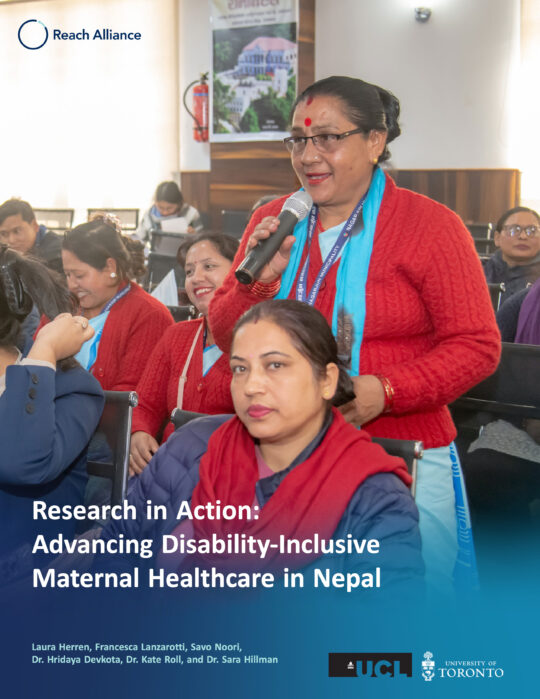Emphasis on innovation in the humanitarian sector has grown dramatically in the era of sustainable development, especially with a focus on leaving no one behind, and reaching those that are hardest to reach. UNHCR Jordan and their partner organizations have taken a leadership role in this innovation, implementing the world’s first iris scan cash transfer program for refugees. This initiative is UNHCR’s most efficient cash-based program worldwide, and represents an innovative field driven approach to reaching Syrian refugees in Jordan.
In general, cash based interventions are becoming an increasingly popular means of assistance. An added benefit of cash transfers in the humanitarian sector is that they serve to dismantle silos, as money is spent across sectors, such as food, education and health; whereas, traditional in-kind assistance such as food or clothing can be restrictive for refugees, and does not necessarily respond to their specific needs. In this regard, cash transfers serve to promote dignity and autonomy among refugees, an intangible priority that cannot be overstated.
Cash based interventions can be implemented in different ways, for example, the World Food Program distributes cash assistance for Syrian refugees using a card-based system. That said, UNHCR Jordan has reimagined the implementation of cash assistance, and is working in partnership to leverage biometric data, specifically iris scans, to facilitate the distribution of their cash transfers. The UNHCR field office, recognizing an opportunity to maximize the efficiency of their cash transfer program, pursued the idea of an innovative public-private partnership model between UNHCR, the Cairo Amman Bank and IrisGuard. The bank, having previously instituted iris-scanning ATMs for their existing customers, entered this partnership with UNHCR to help facilitate a pilot cash transfer program, one that soon became the standard means of cash delivery for Syrian refugees in Jordan. The public-private-partnership model, combined with the use of biometric data, make this program truly innovative.
Approximately 32,000 Syrian households have been reached by this innovative program since 2012, and monitoring reports suggest that 91% of refugees are ‘satisfied’ with this new means of receiving their cash transfers. The cash transfer program ensures that roughly 95% of every dollar donated goes directly to refugees. This high degree of efficiency is largely due to the collaboration and coordination among various partners within the cash transfer space in Jordan, and the program is an outstanding example of reimagining humanitarian response within the context of persisting resource constraints. There is much to be learned from this innovative, field driven approach to reaching the hard to reach.
By Marin MacLeod
